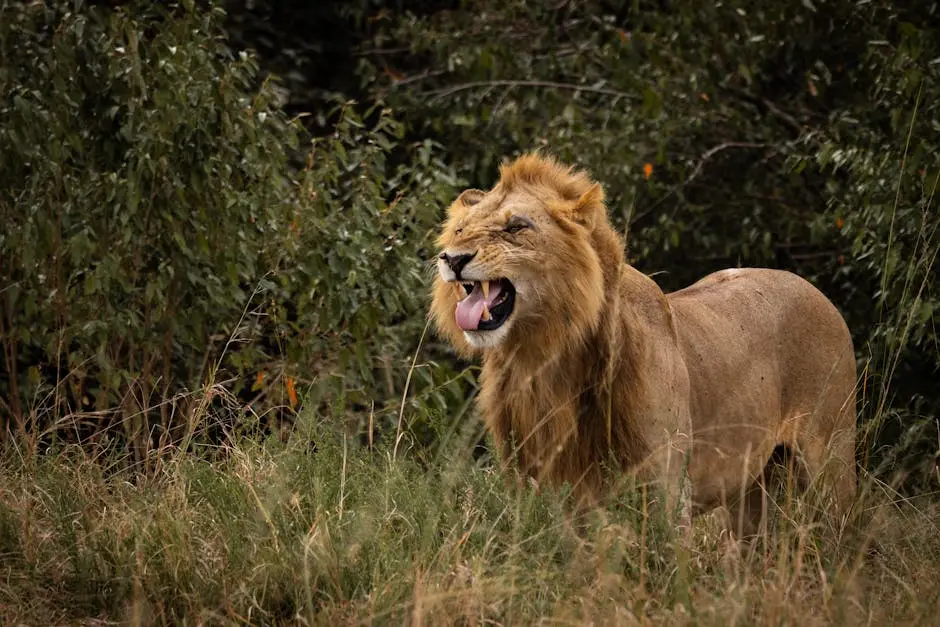Kenya is renowned for its stunning landscapes, diverse wildlife, and vibrant cultures, attracting many photographers from around the globe. But beyond just beautiful pictures, Kenya photo tours play a crucial role in fostering positive change within local communities. This article explores the various ways these tours support and uplift the very people and environments that make them possible.
1. Empowering Local Artisans and Creators
Kenya photo tours provide a platform for local artisans to showcase their work, allowing them to gain recognition and economic support. When visitors buy handmade crafts or photographs from these creators, they directly contribute to their livelihoods. This empowerment is not just financial; it enhances the artisans’ confidence in their skills and traditions, reinforcing pride in their heritage.
Furthermore, the interaction between tourists and local artisans fosters creative exchanges. Photographers often collaborate with artists to capture stunning images of their craftsmanship, adding to the cultural tapestry that defines Kenya. This symbiotic relationship benefits both parties, as artisans receive exposure while photographers acquire unique content for their portfolios, creating a win-win scenario.
2. Supporting Wildlife Conservation Efforts
Wildlife conservation is one of the pillars supporting the ecosystem in Kenya. Photo tours play a vital role in funding conservation initiatives by channeling profits into programs aimed at protecting endangered species and their habitats. Tourists who participate in these experiences are not merely there for the stunning vistas; they contribute directly to preserving the natural environment that makes these tours possible.
Moreover, visitors often engage with local conservationists and NGOs during their tours, gaining insight into on-the-ground efforts to combat poaching and habitat destruction. This education is invaluable, as it inspires travelers to advocate for conservation upon returning home. By witnessing these efforts firsthand, tourists often leave with a renewed commitment to environmental stewardship, amplifying the impact of their visit.
3. Boosting the Local Economy
Kenya photo tours significantly boost the local economy through job creation and increased trade. When tourists flock to the region, businesses catering to their needs—from hotels and restaurants to local transport services—profit. This influx of revenue helps sustain local families, providing essential income that supports education, health care, and community development projects.
Additionally, tourism encourages investment in infrastructure, such as roads and communication networks, which benefits both locals and travelers. These improvements not only enhance the visitor experience but also facilitate better access to markets for local goods and services. Consequently, as tourists explore Kenya’s beauty, they unwittingly become part of a larger economic ecosystem that uplifts entire communities.
4. Promoting Cultural Exchange and Understanding
Kenya photo tours are exceptional for fostering cultural exchange between visitors and local communities. As travelers engage with residents, they discover the rich tapestry of traditions, languages, and customs that characterize Kenyan life. This close interaction breaks down barriers and misconceptions, promoting understanding and appreciation of diverse cultures.
Tourists often have opportunities to participate in local ceremonies and festivals, offering them a glimpse into the daily lives of the communities they visit. These experiences allow for authentic connections and lasting memories, bridging gaps between cultures. For many travelers, these encounters are the highlight of their trips, as they leave with not just photos, but heartfelt stories and friendships that transcend borders.
5. Encouraging Sustainable Tourism Practices
The rise of sustainable tourism practices is pivotal in protecting Kenya’s unique ecosystems. Many photo tours are designed with sustainability in mind, encouraging responsible travel behaviors among participants. This means adhering to strict guidelines that minimize environmental footprints and promoting practices such as waste reduction, conservation of water, and respect for wildlife.
Tour operators often emphasize the importance of leaving no trace while exploring natural habitats, which educates tourists on how their behaviors impact the environment. As more travelers adopt these sustainable practices, the cumulative effect can lead to significant positive change. These actions demonstrate that tourism can harmoniously coexist with nature, nurturing rather than depleting it.
6. Providing Educational Opportunities
Educational opportunities arise from Kenya photo tours, not only for travelers but also for local communities. Many tour operators sponsor workshops and training sessions for residents, focusing on skills like photography, storytelling, and hospitality. These programs empower locals, enhancing their abilities to actively participate in the tourism sector and share their cultures with the world.
Additionally, tourists themselves often engage in learning experiences that deepen their understanding of the environment and the challenges faced by local communities. Whether through guided nature walks or photography classes taught by local experts, the educational aspect of these tours enriches the experience for everyone involved.
7. Preserving Natural Landscapes
Participating in Kenya photo tours contributes significantly to the preservation of the nation’s natural landscapes. By highlighting the intrinsic beauty of these areas through photography, tourists help raise awareness of the need to protect unique ecosystems from threats like deforestation and urbanization. The more people appreciate these landscapes, the more likely there is to be support for conservation efforts.
Furthermore, profits from these photo tours are often directed towards reforestation projects and habitat restoration initiatives. As travelers take part in these experiences, they invest in the future of Kenya’s wildlife and landscapes, ensuring that generations to come can also enjoy the splendor of what the country has to offer.
8. Building Infrastructure and Community Resources
Kenya photo tours contribute to building crucial infrastructure and community resources that enhance the quality of life for locals. Profits generated from tourism can be funneled into developing essential amenities such as schools, healthcare facilities, and clean water sources. This investment serves as a lifeline for many rural communities, providing them with access to vital services that they may otherwise lack.
Additionally, the tourism sector encourages the establishment of local organizations that work to meet the unique needs of communities. These organizations often collaborate with tour operators to identify areas of improvement, ensuring that development is in line with the inhabitants’ aspirations. Thus, the positive impact of tourism reaches far beyond the immediate economic benefits, leading to sustainable development and long-term improvements in community well-being.





